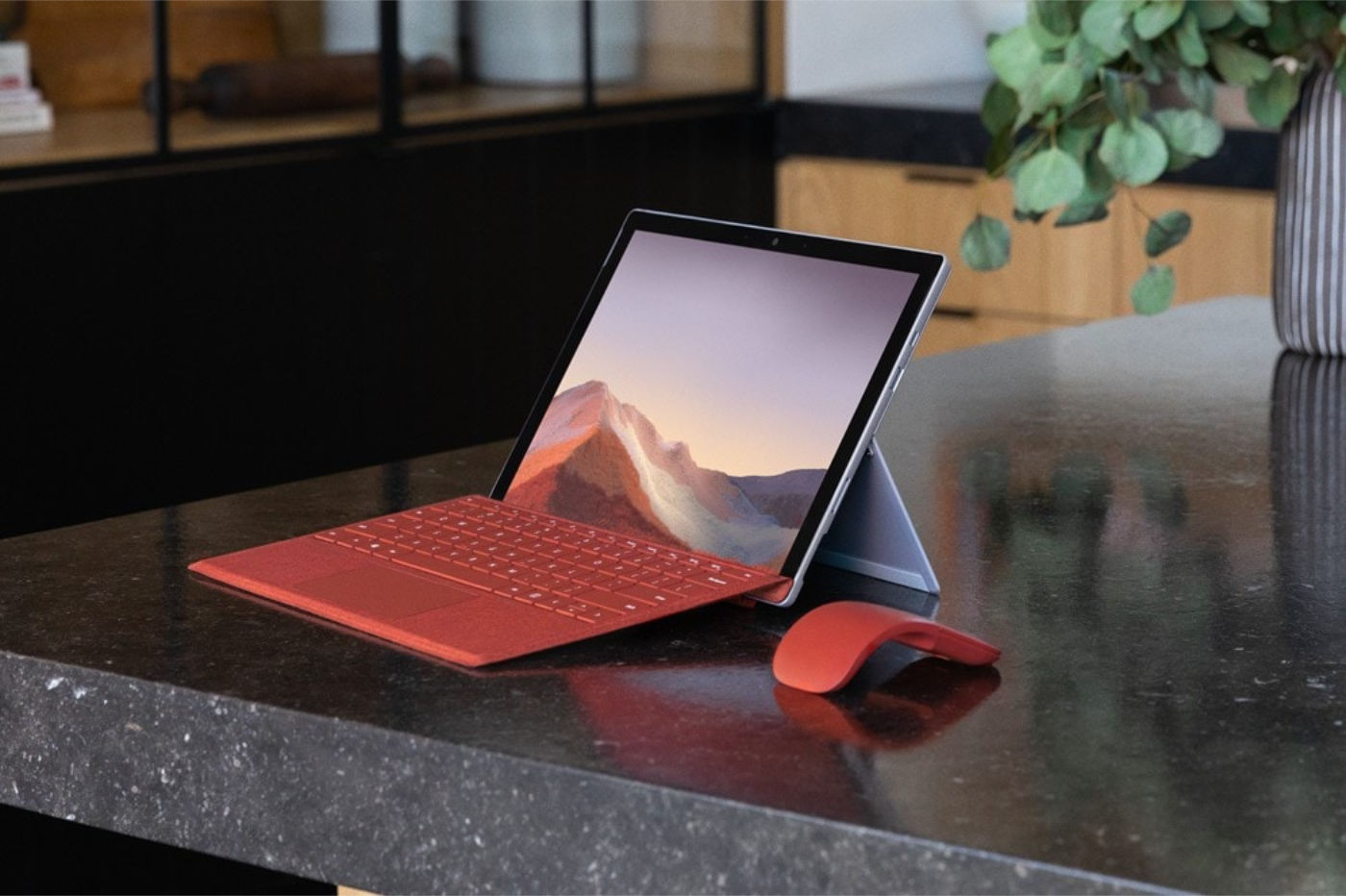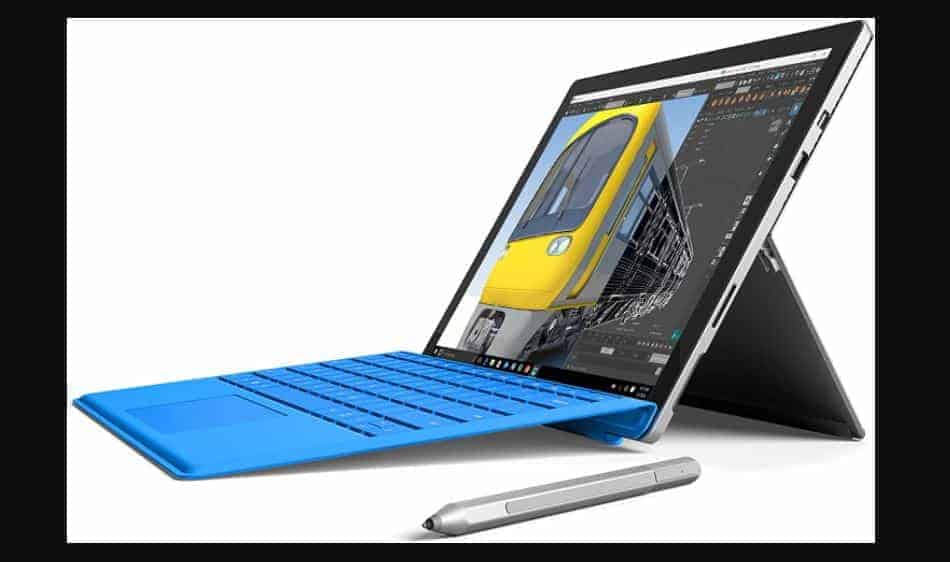
When compared to a conventional laptop, there's a slight disadvantage in that the screen needs the kickstand for support, rather than being supported by the base of the laptop.

There's a great finish and we like the simplicity of the design, the kickstand offering the flexibility to set the display at an angle that works for you. The design of the Surface Pro is well known and Microsoft hasn't changed anything significant, sticking to that slightly chunky tablet with kickstand paired with a keyboard cover - in some cases finished with Alcantara, which we feel really does make for a premium choice and worth having. 2x USB-C Thunderbolt 4 Surface Connect, Surface Type Cover ports.Sapphire, Forest, Platinum, Graphite colours.Finally, there's only support for Thunderbolt through USB 4.0 on the Intel model, the 5G model only offering USB 3.2. This leads to the advent of some new features (again, exactly what you'd expect from Qualcomm), boosting the front camera to allow native auto-framing, auto-background blur, eye tracking and more precise beam forming on the mic. However, there are additional skills offered by the 5G model, which harks back to some of Qualcomm's forte in mobile platforms: there's an NPU (neural processing unit), now common on smartphones, but here able to provide some additional lifting power to the Surface Pro 9 with 5G.


Naturally, within this core hardware there's a difference in the onboard graphical power (Intel Iris Xe vs Adreno 8CX Gen 3), although Microsoft assures us that in real terms there's little actual difference. According to Microsoft's figures, the Surface Pro 9 is good for 15.5 hours of use, while the Surface Pro 9 with 5G will see you through an impressive 19 hours.

These minor points probably don't matter, it's the addition of 5G compatibility that will really make a difference, supporting nano SIM or eSIM, while also running with reduced heat (hence the lack of vents) and with greater efficiency.


 0 kommentar(er)
0 kommentar(er)
